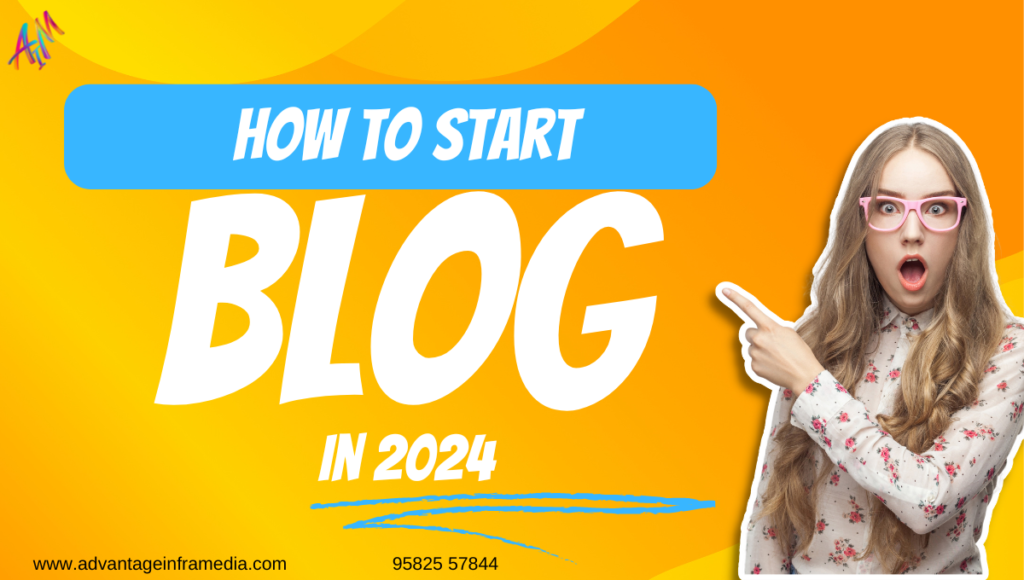Introduction
Blogging has come a long way since its inception in the late 1990s. What started as personal online diaries has evolved into a powerful tool for businesses, influencers, and individuals alike. In 2024, blogging continues to be a cornerstone of digital marketing strategies, but the approach has shifted significantly. The new way to blog is about more than just writing—it’s about creating a comprehensive, interactive, and engaging experience for your audience.
This guide will explore the latest trends, tools, and techniques that define the new way to blogs. From AI-powered content creation to multimedia integration, we’ll cover everything you need to know to stay ahead of the curve in the ever-changing world of blogging.
The Role of AI in Modern Blogging
Artificial Intelligence (AI) has revolutionized the way we approach blogging. In 2024, AI is not just a tool for content creation; it’s a strategic partner that can help you optimize your content, understand your audience, and even predict future trends.
AI-Powered Content Creation
AI tools like GPT-4 (the model behind ChatGPT) are now capable of generating high-quality content that is indistinguishable from human writing. These tools can assist in brainstorming topics, drafting posts, and even optimizing content for SEO. The key is to use AI as a collaborator rather than a replacement for human creativity.
Personalization and Audience Targeting
AI can analyze vast amounts of data to help you understand your audience better. By leveraging machine learning algorithms, you can create personalized content that resonates with your readers. This level of personalization is crucial for building a loyal audience in 2024.
Predictive Analytics
Predictive analytics powered by AI allows bloggers to anticipate trends and stay ahead of the competition. By analyzing data patterns, AI can suggest topics that are likely to gain traction, helping you create content that is timely and relevant.
Multimedia Integration: Beyond Text
The new way to blogs is not limited to text-based content. In 2024, successful bloggers are integrating multimedia elements like videos, podcasts, infographics, and interactive content to enhance the reader experience.
Video Content
Video has become a dominant form of content consumption. Embedding videos within your blogs posts can increase engagement and provide a richer experience for your readers. Platforms like YouTube and Vimeo make it easy to create and share video content, while tools like Vidyard allow for video analytics.
Podcasts
Podcasting is another powerful medium that can complement your blogs. By embedding podcasts in your blogs posts, you can reach an audience that prefers audio content. Tools like Anchor and Spotify for Podcasters make it simple to create and distribute podcasts.
Infographics and Visual Content
Infographics are a great way to present complex information in an easily digestible format. Tools like Canva and Piktochart allow you to create professional-looking infographics without any design experience. Visual content not only makes your blogs more appealing but also helps in better retention of information.
Interactive Content
Interactive content, such as quizzes, polls, and calculators, can significantly boost engagement. Platforms like Outgrow and Typeform provide easy-to-use tools for creating interactive content that can be embedded directly into your blogs posts.
SEO in 2024: Optimizing for Search Engines and Users
Search Engine Optimization (SEO) remains a critical component of blogging success. However, the strategies for SEO have evolved, and it’s essential to stay updated with the latest best practices.
Core Web Vitals
Google’s Core Web Vitals have become a significant ranking factor. These metrics focus on the user experience, including page load time, interactivity, and visual stability. Ensuring your blogs meets these criteria is crucial for maintaining or improving your search engine rankings.
Semantic Search and Topic Clusters
In 2024, search engines are more focused on understanding the context and intent behind queries. This shift towards semantic search means that bloggers need to focus on creating topic clusters—groups of related content that provide comprehensive coverage of a subject. This approach helps in improving your site’s relevance and authority.
Voice Search Optimization
With the rise of voice-activated devices, optimizing your blogs for voice search is becoming increasingly important. This includes using natural language, answering common questions, and focusing on long-tail keywords that mimic how people speak.
AI-Powered SEO Tools
AI-powered SEO tools like Surfer SEO and Clearscope can analyze your content and provide real-time recommendations for improvement. These tools help you optimize for keywords, readability, and overall user experience, ensuring your blogs stays competitive.
The Importance of Social Media Integration
Social media and blogging are more interconnected than ever. In 2024, integrating your blogs with social media platforms is essential for driving traffic and engaging with your audience.
Social Sharing and Engagement
Encouraging social sharing is crucial for extending the reach of your blogs posts. Integrating social sharing buttons and crafting shareable content can significantly boost your blog’s visibility. Tools like Buffer and Hootsuite can help you manage and schedule your social media posts to ensure consistent promotion.
Influencer Collaborations
Collaborating with influencers can give your blog a significant boost. Influencers can drive traffic to your blog by sharing your content with their audience, and in return, you can provide them with valuable content that aligns with their brand. This symbiotic relationship can lead to increased exposure and credibility.
User-Generated Content
User-generated content (UGC) is a powerful way to build community and trust around your blog. Encouraging your readers to contribute content, whether it’s guest posts, testimonials, or social media shoutouts, can create a sense of belonging and increase engagement.
Social Media Analytics
Analyzing your social media performance is key to understanding what resonates with your audience. Tools like Sprout Social and Google Analytics provide insights into how your content is performing on social platforms, allowing you to refine your strategy for better results.
Building a Community Around Your Blog
The new way to blog is not just about creating content; it’s about building a community. Engaging with your readers and fostering a sense of belonging can turn casual visitors into loyal followers.
Interactive Comment Sections
An interactive comment section is a simple yet effective way to build community. Encouraging readers to leave comments and responding to them promptly can create a dialogue that keeps your audience coming back for more. Moderating comments to ensure a positive environment is also crucial.
Creating Exclusive Content
Offering exclusive content to your most loyal readers can strengthen your community. This could be in the form of gated content, newsletters, or membership programs. Platforms like Patreon and Substack make it easy to offer premium content to your audience.
Hosting Webinars and Live Sessions
Webinars and live sessions provide a more personal connection with your audience. These events allow you to engage with your readers in real-time, answer their questions, and provide valuable insights. Tools like Zoom and WebinarJam make it easy to host these events and integrate them with your blog.
Leveraging Forums and Online Groups
Creating or participating in forums and online groups related to your blog’s niche can help you build a dedicated community. These platforms allow for more in-depth discussions and can be a great way to connect with like-minded individuals. Platforms like Reddit, Discord, and Facebook Groups are popular choices.
Monetizing Your Blog in 2024
Monetization remains a key goal for many bloggers. In 2024, there are more ways than ever to turn your blog into a revenue-generating platform.
Affiliate Marketing
Affiliate marketing continues to be one of the most popular ways to monetize a blog. By promoting products or services related to your niche, you can earn commissions on sales generated through your blog. The key to success in affiliate marketing is to choose products that align with your audience’s interests and needs.
Sponsored Content
Sponsored content involves partnering with brands to create posts that promote their products or services. This can be a lucrative income stream, especially if your blog has a large and engaged audience. However, it’s important to maintain transparency and only promote products that you genuinely believe in.
Selling Digital Products
Creating and selling digital products, such as eBooks, online courses, or printables, is another effective way to monetize your blog. These products can provide value to your audience while generating passive income for you. Platforms like Gumroad and Teachable make it easy to sell digital products directly from your blog.
Membership and Subscription Models
Offering a membership or subscription model can provide a steady income stream. This could include access to exclusive content, a private community, or other perks. Tools like MemberPress and Patreon allow you to set up and manage membership programs on your blog.
Display Advertising
While display advertising may not be as lucrative as other methods, it can still provide a steady source of income. Partnering with ad networks like Google AdSense or Mediavine allows you to display ads on your blog and earn revenue based on impressions or clicks.
The Future of Blogging: What to Expect
As we move further into 2024 and beyond, the landscape of blogging will continue to evolve. Staying ahead of the curve requires adaptability, innovation, and a willingness to embrace new technologies and trends.




